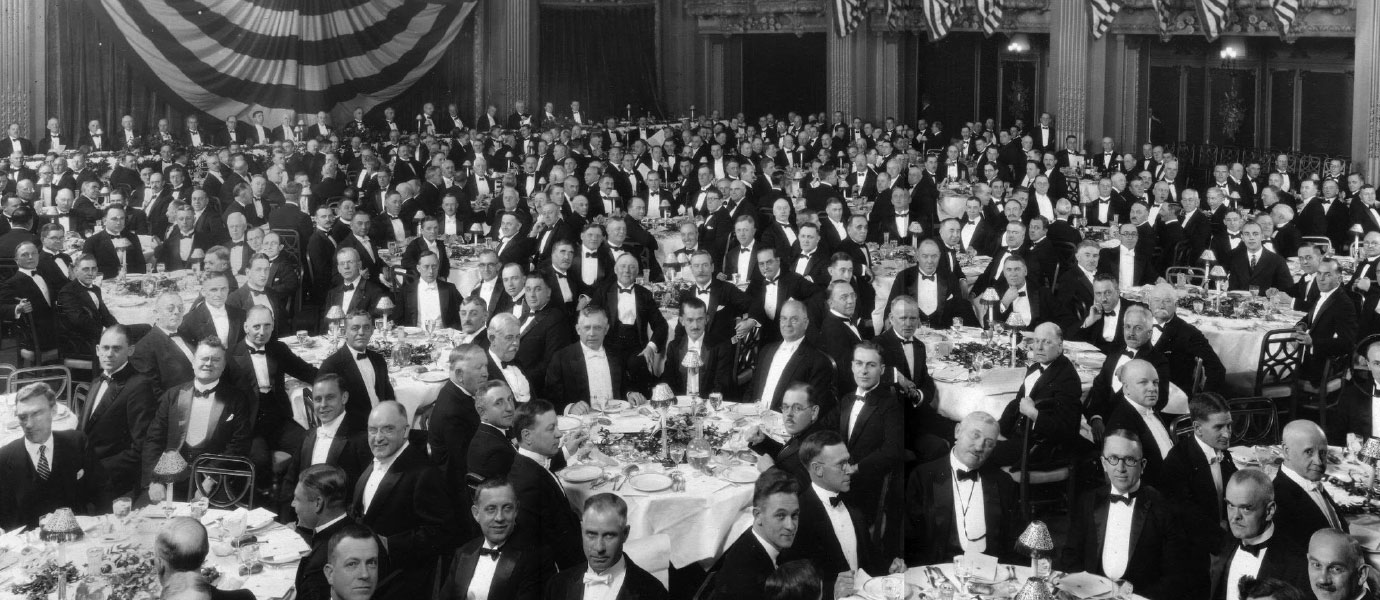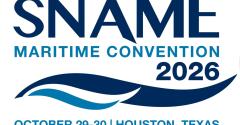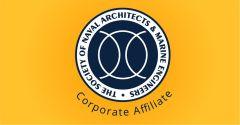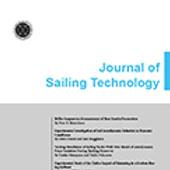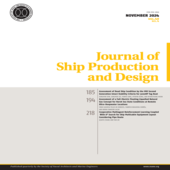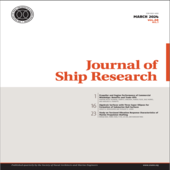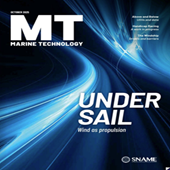Technical and research (T&R) | Bulletins and reports
Small boat operators, builders, buyers, accident investigators, and others may be required to determine an accurate lightweight and center of gravity for their boat in order to apply stability criteria or perform other analyses. The conventional in-water stability test can be difficult to perform accurately on a small boat, so an air inclining stability test may be specified. This guide is prepared to help standardize and explain the process for an air inclining test. This guide provides the marine industry with an understanding of an Air-Inclining stability test for a small boat. It contains procedures to ensure that valid results are obtained with precision at a minimal cost to owners, shipyards, and the government.
The guide is not intended to direct a person(s) in the actual calculations of the lightweight and centers of gravity, but to be a guide to the recommended procedures required to gather accurate data for use in the calculation of the lightweight characteristics. A complete understanding and documentation of proper procedures to conduct a stability test is paramount to confirm that the results gathered during the test can be examined for accuracy, especially by third parties subsequently reviewing the data.
This guide is recommended to be used for all small boat capable of being lifted safely with forward and aft pick points capable of supporting additional inclining weights to be used for the stability test or with suitable sling arrangements
The idea for this study was generated by reading reference 1*. In this publication, the author analyzes the basic principle of plating strength which may be applied to the design of framing systems. However, the important factors of, interior space utilization, weight and cost savings, producibility and maintenance, in general, are not considered or examined for the benefit of the ship designer.
The safety of a ship or boat from wind and wave forces is largely a function of size. Properly designed and loaded ships and boats resist the heeling forces of wind and waves, and this resistance, or righting capacity, can be calculated. The righting capacity of a large undamaged ship can exceed the overturning forces of wind and waves of hurricane force. As size diminishes, there comes a point where wind and wave forces CM eve-helm even a well designed, properly loaded, and capably operated boat. This survey was undertaken to benchmark the safety limits for small fishing vessels.
In 1988, a full-scale laser wave probe was developed and installed on an SL-7 containership. The probe was mounted on the bow and looked forward at an angle of 120 forward of the vertical. The purpose of the probe was to measure the incident wave amplitude. This was accomplished by subtracting from the absolute amplitude measured by the probe the relevant ship motions. No corrections were made for the steady wave system or the unsteady radiated and diffracted waves. After reviewing the results, questions arose as to possible contamination by the steady and unsteady ship-generated waves in front of the bow. To begin to investigate these questions, model tests were conducted in the Ship Hydrodynamics Laboratory using the art existing model of the SL-7 and as a test matrix.
A reference book to be used as a safety aid by all who design, build, and operate tourist submersibles. The guidelines embody the marine expertise, good engineering practice, and safety planning that should be considered in the design and operation of tourist submersibles in order to achieve an acceptable level of operational safety. Includes discussions on personnel, plans, and procedures and equipment as well as extensive appendices compiled from the leading organizations in the field.
This document provides most of the general information that should be part of such a manual. For instance, it provides a guide to cold water survival, list general precautions in the use of life jackets and immersion suits, and describes procedures for muster stations, abandon ship, and fire fighting drills. Though the contents of the manual should be as prescribed in Regulation 51, the order in which the information is presented should follow the suggested table of contents, so that it flows in a logical and uniform manner. Any cart of this information may also be presented in the form of audiovisual aids, but if so, a note to that effect must be made in the survival manual.
The purpose of this project was to define and validate an improved rationally-based design and analysis procedure for computing fatigue damage of the Trans-Alaska Pipeline Service tankers is presented. The method considers not only damage due to hull girder bending, but also damage due to local panel pressure fluctuations. This task requires four basic steps: specifying a lifetime wave environment, generating a hydrodynamic model, calculating cyclic stresses due to the wave environment, and computing the fatigue damage due to such stresses. The implementation of each step is discussed with an emphasis on applying existing research tools.
Determination of the flow field around a surface ship or a submersible plays a significant role in modern design methodology. During the last two decades, a great deal of developmental effort has been spent to improve modeling and computation of turbulent flows. These included extensive detailed experimentation, conceptual model development efforts, and derivation of accurate and efficient numerical schemes.
T&R Bulletin R-45: A Study on Reliability, Availability, Maintainability Data Banks for Ships (1993)
Ship operators in the U.S. have been facing intense competition from world fleets, This ever-increasing competition has necessitated continuous enhancements in vessel productivity and operating efficiency along with safety. Reliability, Availability, and Maintainability (RAM) Data Banks provide the means for much-needed improvement in these areas.
The purpose of this workshop was to discuss and develop information in the area of maneuvering mathematical modeling helpful to the Marine Board Study Committee on “Ship Bridge Simulation Training.” This committee was studying the application of simulation to the training of deck officers, a project emanating from the Oil Pollution Act of 1990. A copy of the project Statement of Task addressed by is Committee is provided in Appendix A of this report.
